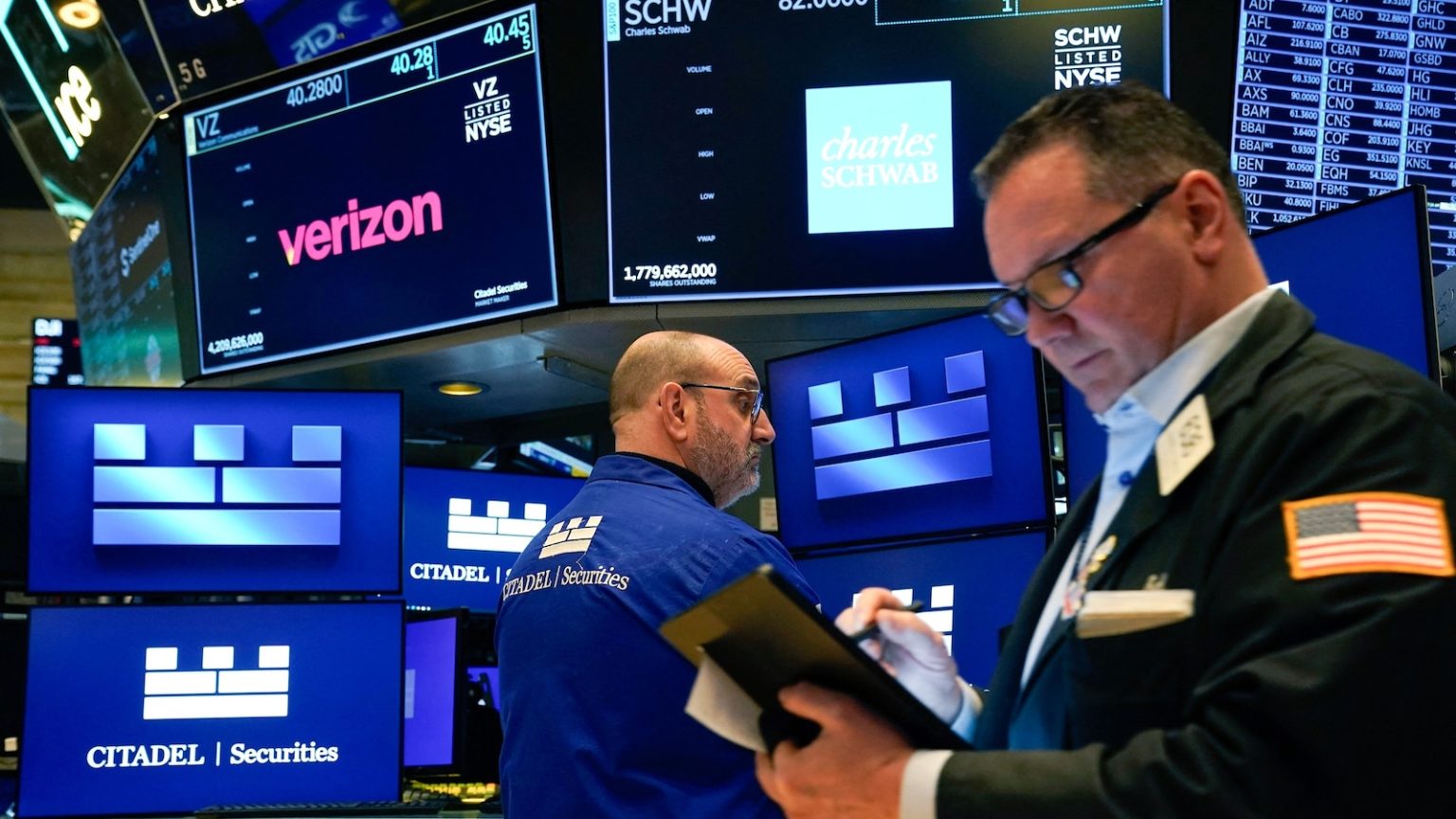The Stock Market’s Tumultuous Monday: A Day of Uncertainty and Recovery
The stock market experienced a rollercoaster on Monday, March 25, 2025, as investor confidence wavered amid uncertainty over President Donald Trump’s newly imposed tariffs on Canada, Mexico, and China. The day began with a sharp decline in major indices, but a partial recovery ensued after Trump announced a temporary pause on tariffs for Mexico following a conversation with Mexican President Claudia Sheinbaum. This dramatic swing underscored the delicate balance between geopolitical tensions and economic stability.
Early Market Declines and the Trump-Sheinbaum Conversation
The market’s downward spiral began early Monday morning, with the Dow Jones Industrial Average plummeting 150 points, or 0.35%, in early trading. The S&P 500 and Nasdaq followed suit, dropping 0.7% and 1%, respectively. This initial selloff reflected investor jitters over the potential economic fallout from Trump’s tariffs, which were announced over the weekend. However, the tone shifted later in the day when Trump revealed that he would delay the tariffs on Mexico for one month, sparking a partial recovery. The announcement came after a conversation with Mexican President Claudia Sheinbaum, hinting at progress in addressing the administration’s concerns.
Global Markets Feel the Ripple Effects
The market turmoil was not confined to U.S. shores. The uncertainty surrounding the tariffs had a ripple effect worldwide, with major international indices also experiencing declines. Japan’s Nikkei index fell 2.5%, while the pan-European STOXX 600 dropped approximately 1%. This global reaction highlighted the interconnected nature of modern economies and the potential far-reaching consequences of trade disputes.
The Impact on U.S. Auto Companies and Consumers
The tariffs imposed by the Trump administration particularly unsettled U.S. auto companies, which have deep ties to suppliers in Canada and Mexico. Shares of General Motors and Ford fell 2% and 1.3%, respectively, as investors worried about disruptions to supply chains and increased costs. Beyond the automotive sector, experts warned that the tariffs could lead to higher prices for a wide range of consumer goods, including avocados, tequila, and gasoline. While the exact impact on prices remained unclear—businesses might absorb some of the tax burden—consumers were bracing for potential financial strain.
Retaliatory Measures from Canada and Mexico
Canada and Mexico wasted no time in responding to Trump’s tariffs, with both countries vowing to implement retaliatory measures. Canadian Prime Minister Justin Trudeau announced plans to impose 25% tariffs on $155 billion worth of U.S. goods, while Mexican President Claudia Sheinbaum unveiled "Plan B," which includes both tariff and non-tariff measures to protect Mexico’s economic interests. These retaliatory actions raised concerns about weakened sales for U.S. exporters and the potential for escalating trade tensions.
Trump’s Rationale and the Bigger Picture
In a series of social media posts over the weekend, Trump explained that the tariffs were aimed at addressing the production and transport of illicit drugs in Canada, Mexico, and China, which ultimately end up in the U.S. While acknowledging the potential for short-term economic pain, Trump framed the tariffs as a necessary step toward achieving his broader goal of "making America great again." The situation serves as a stark reminder of how geopolitical decisions can have far-reaching consequences for global markets, trade relationships, and everyday consumers. As the world watches, one thing is clear: the balance between economic stability and political strategy remains as precarious as ever.















